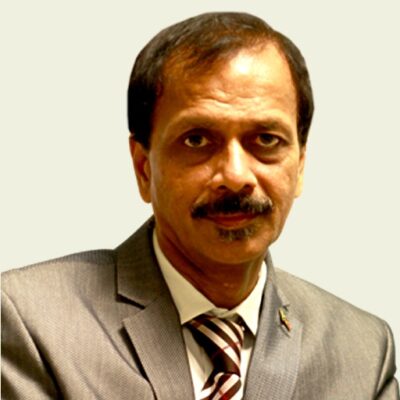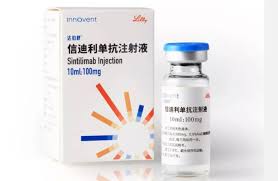Everything you need to know about Post-Polio Syndrome.
Dr Pradeep Mahajan, Regenerative Medicine Researcher & Founder of StemRx BioScience Solutions India. In the mid-20th century, the world faced an epidemic of a crippling disease called polio. Thanks to widespread vaccination efforts, polio was virtually eradicated by the

Dr Pradeep Mahajan, Regenerative Medicine Researcher & Founder of StemRx BioScience Solutions India.
In the mid-20th century, the world faced an epidemic of a crippling disease called polio. Thanks to widespread vaccination efforts, polio was virtually eradicated by the turn of the millennium. However, the story did not end there for many survivors of the virus. Post-polio syndrome (PPS), a condition that can emerge decades after the initial infection, continues to affect millions of people worldwide. This article explores Post-Polio Syndrome, shedding light on its symptoms, challenges, and the potential promise of regenerative medicine in offering new hope for those living with PPS.
What is Post-Polio Syndrome?
Post-polio syndrome is a condition that typically strikes polio survivors 15 to 40 years after their initial recovery. The precise cause of PPS remains elusive, but experts believe it may be related to the excessive stress that polio places on motor neurons. Over time, these overworked neurons may start to deteriorate, leading to the characteristic symptoms of PPS.
Symptoms of PPS can vary widely among individuals but commonly include muscle weakness, fatigue, muscle and joint pain, and difficulties with breathing or swallowing. Many PPS patients also report a heightened sensitivity to cold temperatures, which can exacerbate their symptoms. These physical challenges can result in a significantly reduced quality of life, as patients struggle with daily activities that were once manageable. Due to nerve involvement and infection, the patient develops lower limb weakness with foot drop and muscular atrophy of the lower limb.
Regenerative Medicine is a promising option:
While there is no cure for Post-Polio Syndrome, researchers are increasingly turning to regenerative medicine as a potential source of hope for patients suffering from this debilitating condition. Regenerative medicine harnesses the body’s own ability to repair and regenerate damaged tissues, offering a novel approach to treating a wide range of diseases and injuries.
One promising avenue in regenerative medicine for PPS involves mesenchymal cell therapy. These cells have the unique ability to differentiate into various cell types, making them a potential solution for replenishing the damaged motor neurons in PPS patients. By introducing healthy mesenchymal cells into the affected areas, researchers hope to stimulate the regeneration of damaged neurons, thereby improving muscle function and reducing pain.
Additionally, advances in regenerative medicine have led to the development of innovative therapies like tissue engineering and gene therapy, which hold immense potential in treating PPS. Tissue engineering can create artificial muscle tissues that could potentially replace damaged muscle, while gene therapy aims to correct the underlying genetic and molecular factors contributing to PPS.
The take-away: Post-polio syndrome is a condition that continues to affect a significant number of polio survivors worldwide, robbing them of their physical abilities and quality of life. While there is no cure at present, regenerative medicine offers a glimmer of hope for these patients. Cell therapy, tissue engineering, and gene therapy are among the exciting avenues that researchers are exploring, with the potential to alleviate the symptoms and improve the lives of those suffering from PPS.






